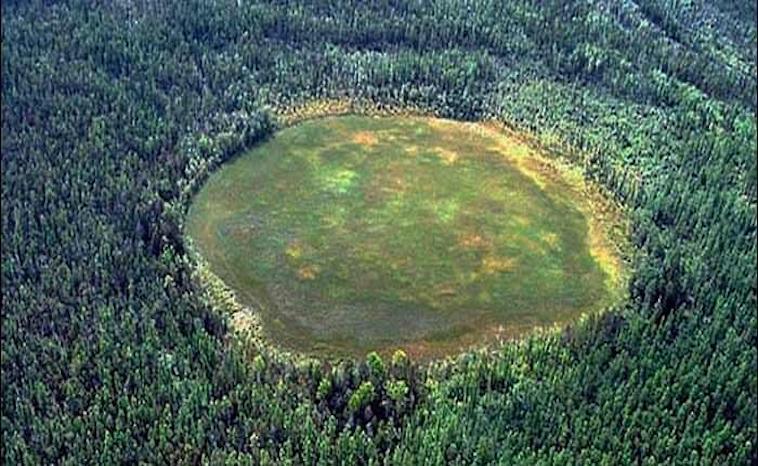The Tunguska Event: A Century of Mystery and Astonishment
In the early morning hours of June 30, 1908, an inexplicable and cataclysmic event unfolded in the remote wilderness of Siberia, Russia. This event, known as the Tunguska explosion or Tunguska event, has captivated scientists, researchers, and enthusiasts for over a century, as it remains one of the most enigmatic and awe-inspiring mysteries of the natural world.
The Mysterious Morning
At approximately 7:15 AM local time, residents of the sparsely populated Siberian taiga were jolted from their daily routines by an otherworldly phenomenon. Witnesses reported seeing a bright, bluish light streaking across the sky, followed by an explosion so powerful that it knocked people off their feet. The shockwave shattered windows, flattened an estimated 80 million trees over an area of 2,150 square kilometers (830 square miles), and registered on seismic instruments worldwide.
Theories and Speculations Abound
The immediate aftermath of the Tunguska event was marked by confusion and fear. However, it wasn't until several years later that researchers were able to investigate the site. What they found deepened the mystery further: no impact crater, no remnants of a celestial body, and no clear explanation for the devastation.
Numerous theories emerged to account for the Tunguska event. Some proposed that it was caused by a comet or asteroid exploding in the atmosphere, releasing energy equivalent to 10-15 megatons of TNT. Others speculated about alien encounters, natural gas explosions, and even anti-matter annihilation.
Scientific Investigations
Over the decades, scientists have conducted extensive research to unravel the Tunguska mystery. In the 1920s, Soviet scientist Leonid Kulik led the first expedition to the site, but his team's findings only deepened the puzzle. There was no evidence of a massive impactor, just scorched trees and a peculiar radial pattern of fallen trees, reminiscent of spokes on a bicycle wheel.
In the 1930s, the consensus shifted towards the asteroid or comet hypothesis, suggesting that the celestial body disintegrated before reaching the ground, preventing the formation of a crater. This theory gained further traction with the discovery of microscopic spherical particles rich in nickel and iridium, often found in space rocks, embedded in soil samples from the region.
Continued Intrigue and Debate
To this day, the Tunguska event remains an active area of scientific inquiry and debate. Modern investigations have refined our understanding of the event but have not definitively solved its mysteries. Some recent studies have suggested that the impactor may have been a comet, while others propose scenarios involving asteroid-like objects.
The Tunguska event has left an indelible mark on the scientific community and popular culture. It serves as a stark reminder of the destructive potential of cosmic impacts and the urgent need for planetary defense efforts to monitor and mitigate potential threats from near-Earth objects.
A Living Legacy
Beyond its scientific implications, the Tunguska event has sparked fascination and intrigue among those captivated by the unexplained. It continues to inspire books, documentaries, and countless discussions, reminding us of the enduring allure of unsolved mysteries and the boundless wonders of the cosmos.
As we contemplate the Tunguska event and its century-old enigma, we are reminded that, despite our progress in understanding the universe, nature occasionally unveils mysteries that challenge our understanding and captivate our imagination—a testament to the enduring allure of the unknown.

what was happened ?
ReplyDelete